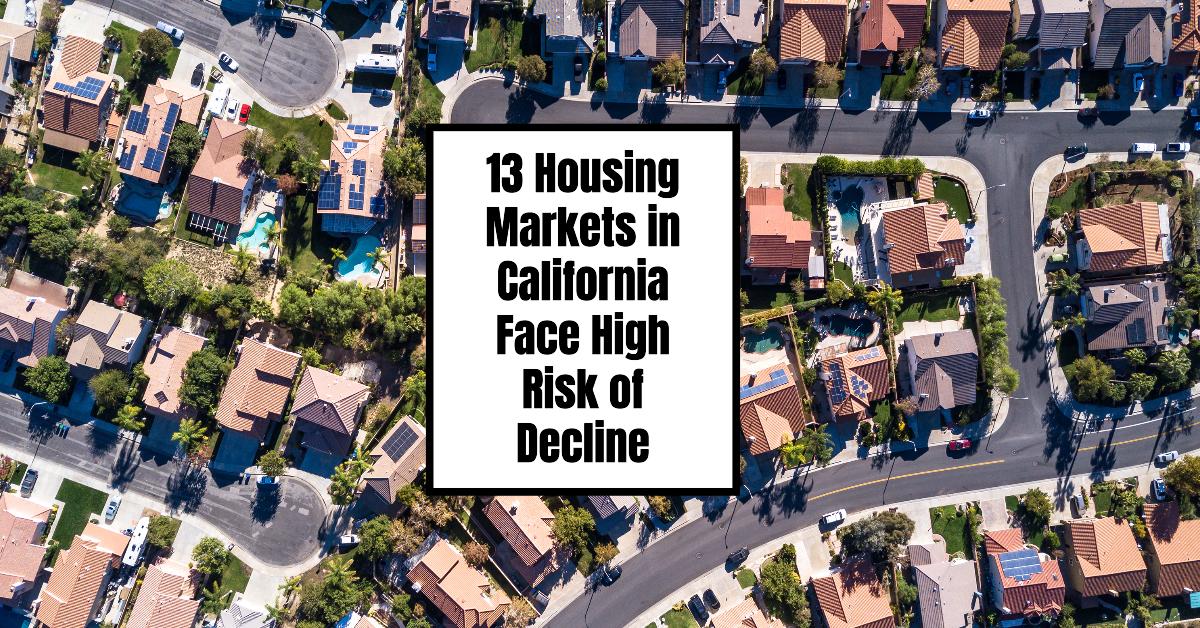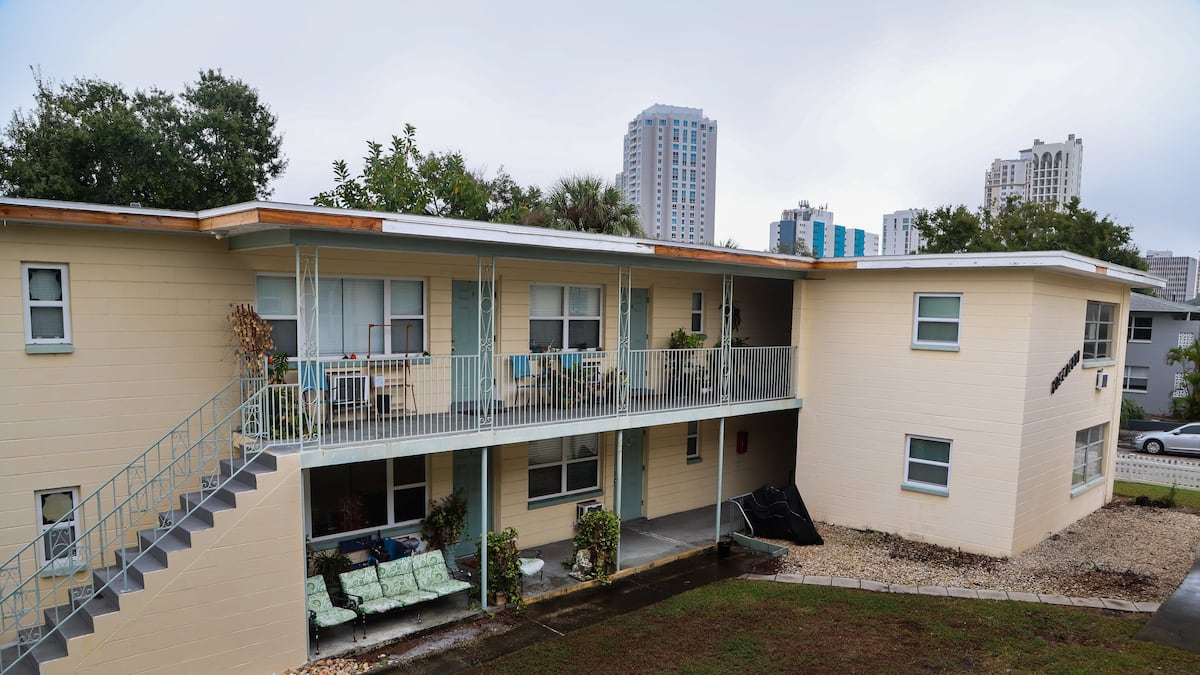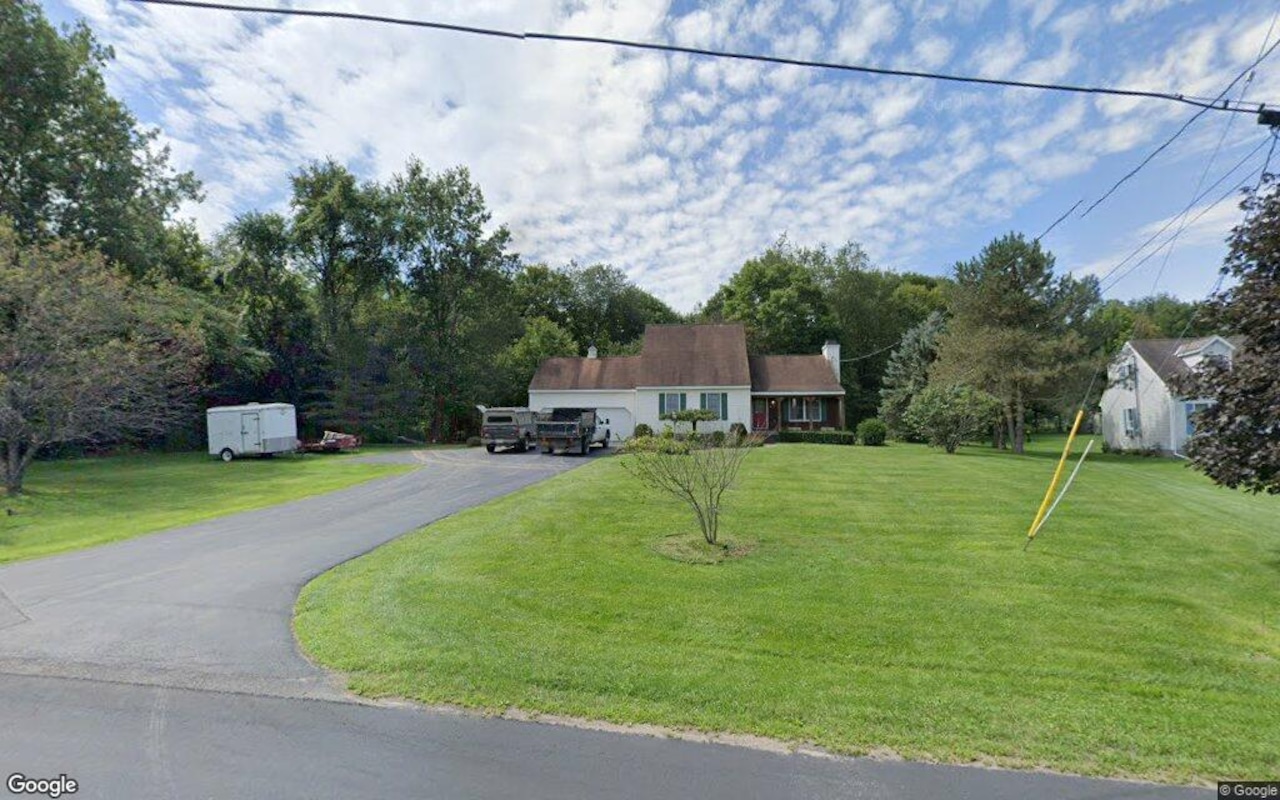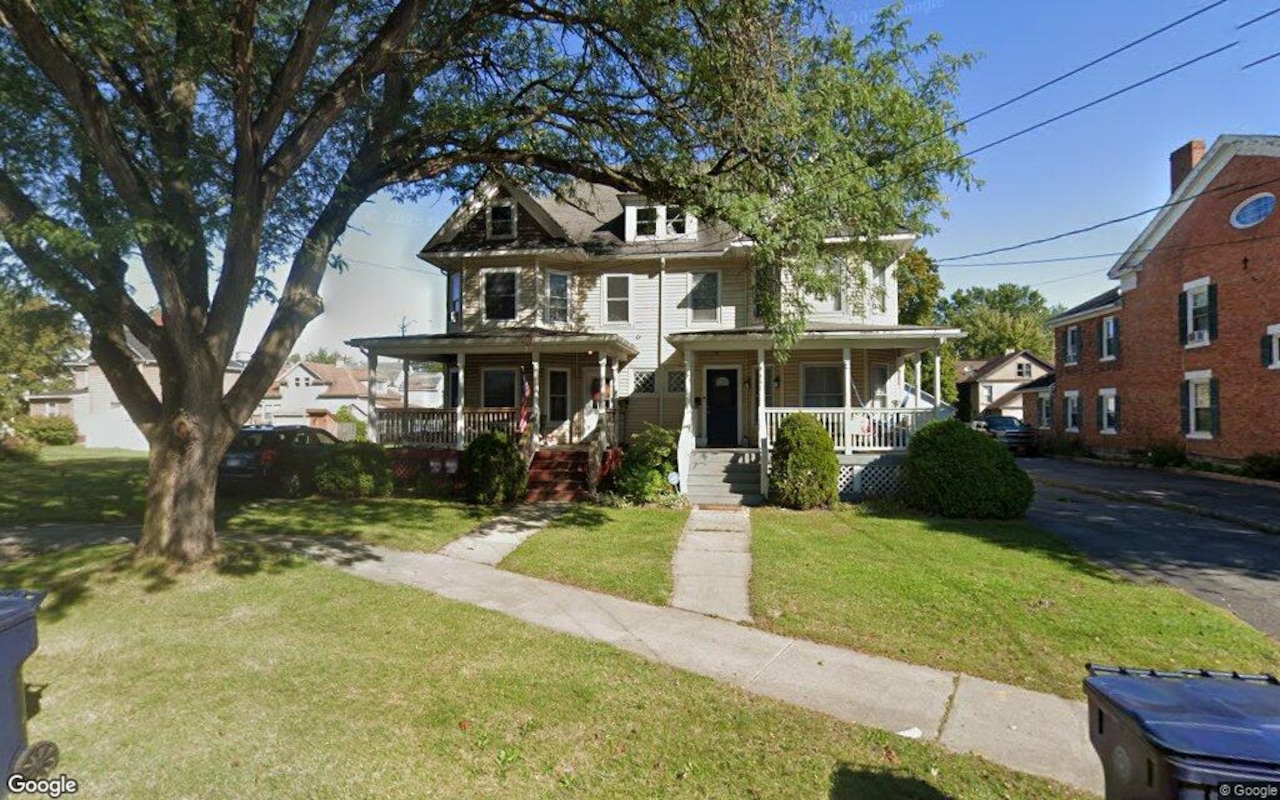A
ccording to ATTOM, a leading provider of property data and analytics, 13 housing markets in California are facing a higher risk of decline compared to other parts of the nation. These inland markets are experiencing affordability issues, underwater mortgages, and higher-than-average unemployment rates.
The report identifies counties at risk based on factors such as home affordability, underwater mortgages, foreclosures, and unemployment. The composite score helps paint a comprehensive picture of each market's vulnerability, with counties having the lowest scores deemed most at-risk.
California's inland markets, including Butte County, Contra Costa County, El Dorado County, Humboldt County, Solano County, Kern County, Kings County, Madera County, Merced County, San Joaquin County, Stanislas County, Riverside County, and San Bernardino County, have seen a surge in housing costs but lack wage growth. As a result, home ownership is becoming increasingly unaffordable for many residents.
For instance, Merced County had an unemployment rate of 9.1% as of August 2024 and saw major home ownership costs consuming a significant portion of average local wages. This has led to many residents struggling to make ends meet, making them more susceptible to housing market troubles.
Other regions facing elevated risk include parts of New Jersey, Illinois, and Florida. These areas have substantial challenges related to affordability, unemployment, and underwater mortgages, making them more vulnerable to housing market troubles.
The key driver of vulnerability in these markets is affordability. Home prices have been rising steadily for many years, outpacing wage gains in many areas. Increasing interest rates have made borrowing more expensive, leading to a rise in mortgage payments.
Underwater mortgages also play a crucial role in impacting the vulnerability of these markets. An underwater mortgage means that the borrower owes more on the loan than the house is currently worth, creating a situation where homeowners are less likely to make timely payments or may be forced to sell their homes at a loss.
Foreclosures and unemployment further contribute to the risks. Higher foreclosure rates can depress property values, impacting neighborhoods and affecting investor confidence. Higher unemployment rates mean that more homeowners are susceptible to falling behind on mortgage payments or losing their homes to foreclosure.
While certain parts of the country face considerable risk, other areas appear to be more resilient. Markets in the South have a lower concentration of at-risk counties due to factors such as more affordable housing, lower unemployment rates, and slower home price appreciation.
The data from ATTOM paints a picture of a housing market facing challenges that could come to the surface if conditions change. While this report doesn't predict a housing market crash, it indicates areas potentially at higher risk of experiencing a downturn. To address these vulnerabilities, increased affordable housing options, job growth and economic diversification, improved financial literacy, and community support are essential.
By monitoring these risks and taking steps to address them, communities can mitigate the impact of future economic downturns and ensure the stability of their housing markets.














